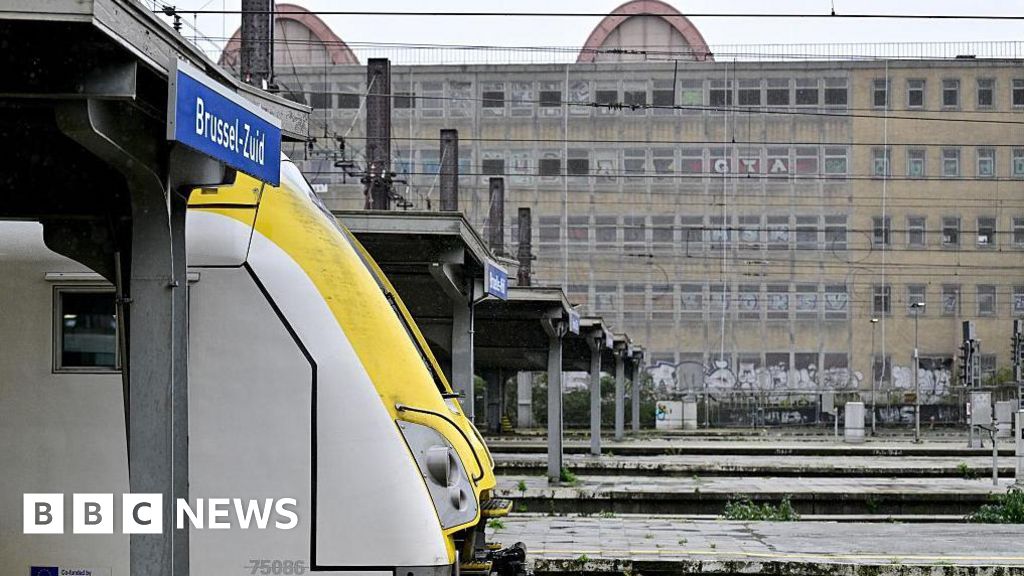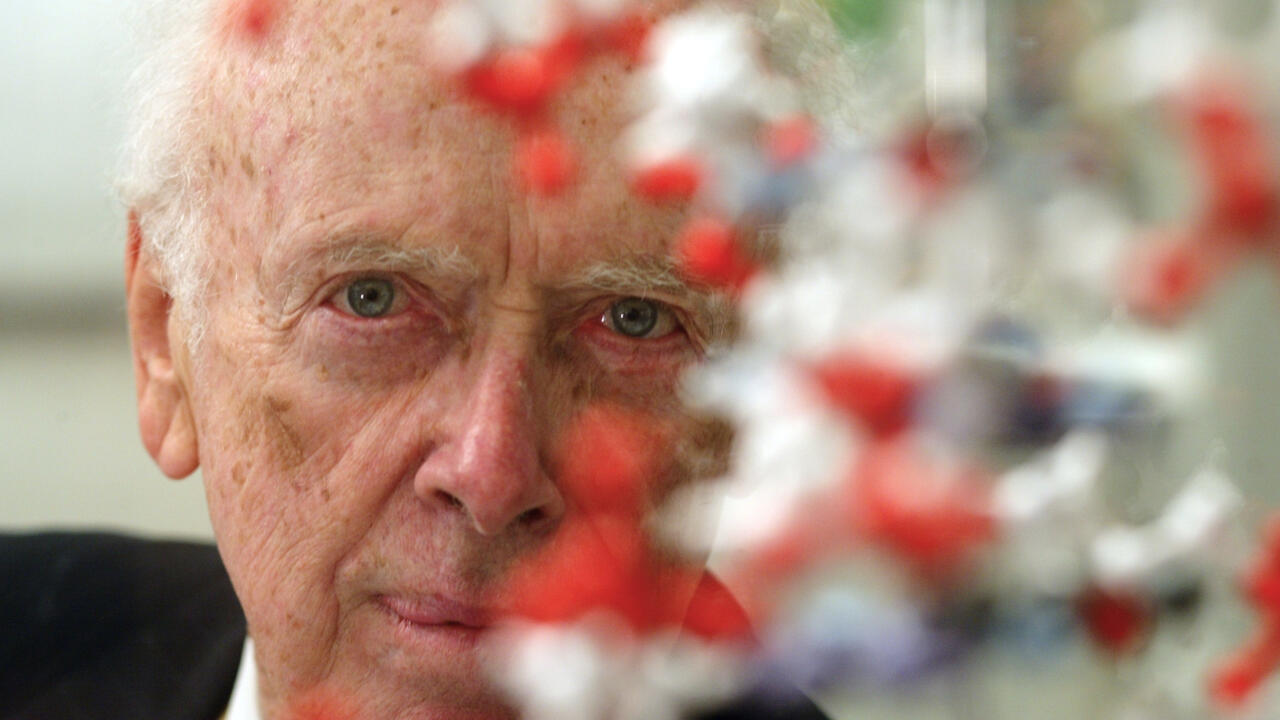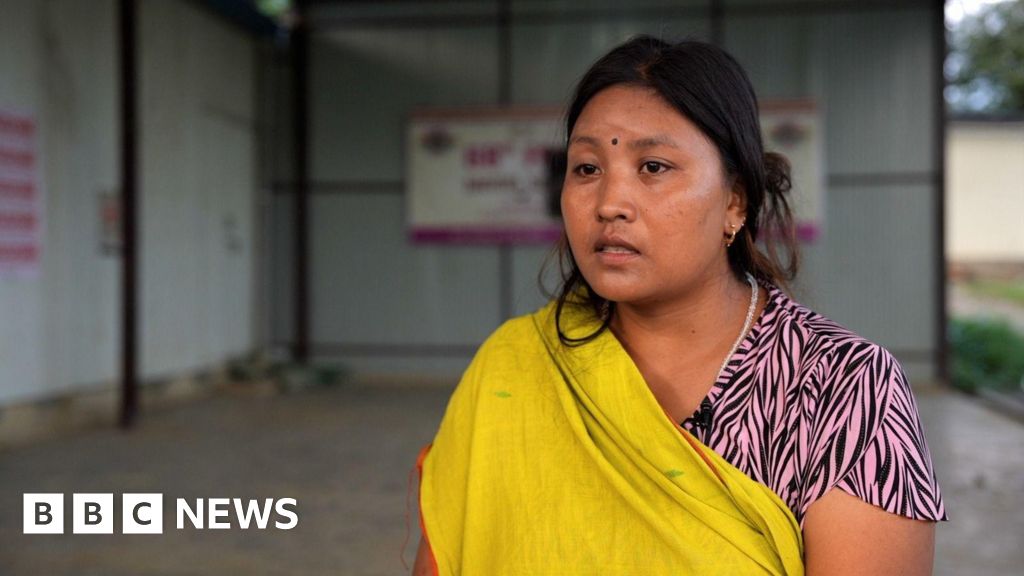
New power link secures Gulf's affordable energy future / AI Generated Illustration
Imagine a future where your air conditioning never fails during the peak summer heat and your electricity bill becomes easier to manage. That future is being built right now across the Gulf.
The GCC Interconnection Authority (GCCIA) has launched a massive electrical expansion project, financed by a $205 million investment from the Abu Dhabi Fund for Development, to supercharge the power link between the UAE and Saudi Arabia. This isn't just a technical upgrade; it's a critical infrastructure shield designed to boost the network’s capacity by 1,100 megawatts, ensuring unprecedented stability, unlocking cheaper energy trading, and paving the way for a more resilient, reliable, and ultimately more affordable supply of electricity for every citizen across the region.
What is a $205 million power link?
The Gulf Cooperation Council (GCC) is undergoing a major energy transformation with a strategic electrical expansion project aimed at significantly reinforcing the connection between the United Arab Emirates (UAE) and the wider GCC power network, which is anchored through Saudi Arabia. The project, championed by the GCC Interconnection Authority (GCCIA), is designed primarily to enhance regional energy security and enable more reliable cross-border power trading.
This crucial upgrade is backed by a substantial AED 752 million (US$205 million) financing agreement secured from the Abu Dhabi Fund for Development (ADFD). The immediate objective is a major capacity hike: the project will boost the electricity transmission capacity with the UAE from the current 2,400 megawatts (MW) to a robust 3,500 MW, adding 1,100 MW of crucial capacity to the system. This massive effort aligns directly with the UAE Energy Strategy 2050, promoting a sustainable and efficient national energy system across the region.
96-kilometer superhighway
The core of this ambitious initiative involves key construction and infrastructure upgrades spanning the border region between the two Gulf states. Every element of the project is engineered to maximize grid efficiency and long-term reliability.The project involves three main components:
- The New Power Line: Construction of a 96-kilometer double-circuit overhead transmission line (OHL) operating at a high voltage of 400 kilovolts (kV). This line is the physical link that will dramatically increase power flow between the two networks.
- The Connection Points: The new line will connect the Al Silaa substation in the UAE with the Salwa substation in Saudi Arabia.
- Substation Upgrades: Significant expansion and modernization are planned for three critical substations: Al Silaa, Salwa, and Gonan. These sites will receive advanced equipment, including new 400kV switchgears, circuit breakers, and reactors, along with modern protection and control systems.
Based on technical and economic feasibility studies, the GCCIA expects construction to begin in the first quarter of 2025 and targets completion by the first quarter of 2027.
Gulf-wide expansion
The UAE-Saudi Arabia link is described as the first phase of a much broader regional expansion effort. The GCCIA has confirmed parallel initiatives that aim to integrate the wider regional network, representing a total combined investment exceeding US$1 billion in current expansion projects, and a planned total investment of over $3.5 billion in the next decade.Future interconnection projects currently being advanced include:
- A direct power link with the Sultanate of Oman.
- New interconnection initiatives with Kuwait.
- A crucial grid connection to southern Iraq.
This comprehensive investment plan is not only about connecting the six GCC member states more tightly but also positioning the Gulf as a major energy hub capable of future power exports to neighboring regions, ensuring long-term stability and cost efficiency for the entire interconnected network.
Cheaper power for every family
The most direct and exciting benefit of this powerful new link is the potential for lower electricity bills and greater access to clean, affordable energy. This is achieved through three key mechanisms that directly translate technical efficiency into financial savings for the average household:The expanded network transforms the Gulf into a single, unified power market. This allows utility companies to practice economic dispatch, meaning they can purchase electricity from whoever is producing it most affordably at any given moment, whether that's a new, efficient solar farm in one country or a low-cost gas plant in another.
Instead of relying only on their own power stations, countries can import cheaper power through the interconnected grid, and these lower wholesale costs are eventually reflected in consumer tariffs.Previously, each GCC country had to maintain massive "spinning reserves" (backup power plants) that sit idle, ready to fire up instantly in case of an outage. Maintaining these standby plants is extremely expensive.
By linking the grids, the UAE and Saudi Arabia can now share their reserve capacity. The interconnected system acts as one giant, reliable backup, significantly reducing the massive capital investments each country must make in new power plants. These avoided costs are billions of dollars saved across the region, which reduces the long-term investment burden on the state and, ultimately, on the consumer.

 4 hours ago
1
4 hours ago
1










 English (US) ·
English (US) ·